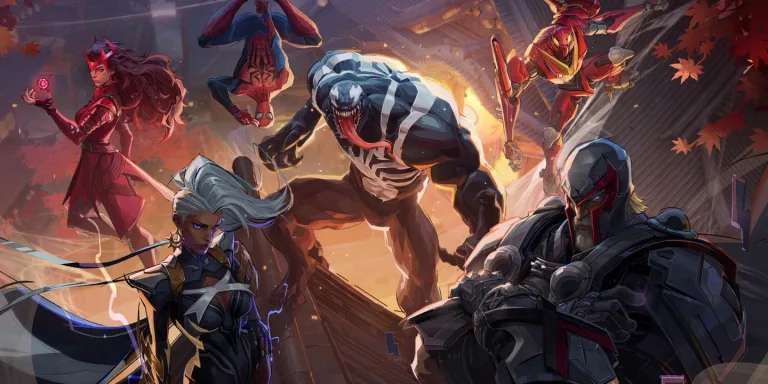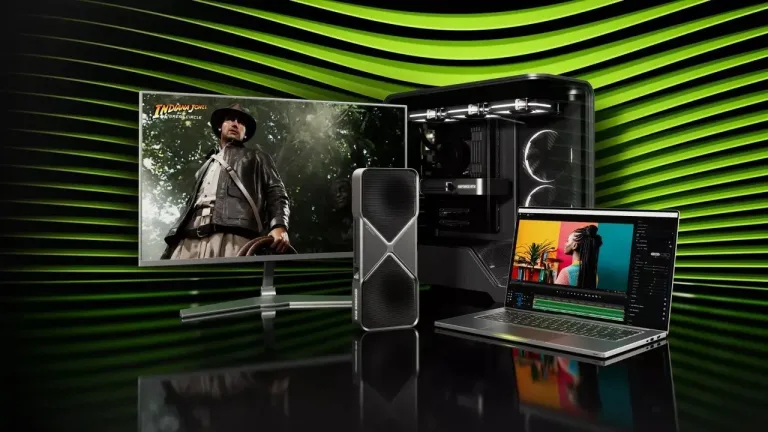I give you an exclusive first look at the Tempest Tower Demo Preview, a unique tower defense...
Day: February 19, 2025
In a surprising turn of events, NetEase Games has recently laid off the entire US-based development team...
Nvidia has officially retired 32-bit PhysX support on its latest RTX 50 series GPUs, marking the end...




